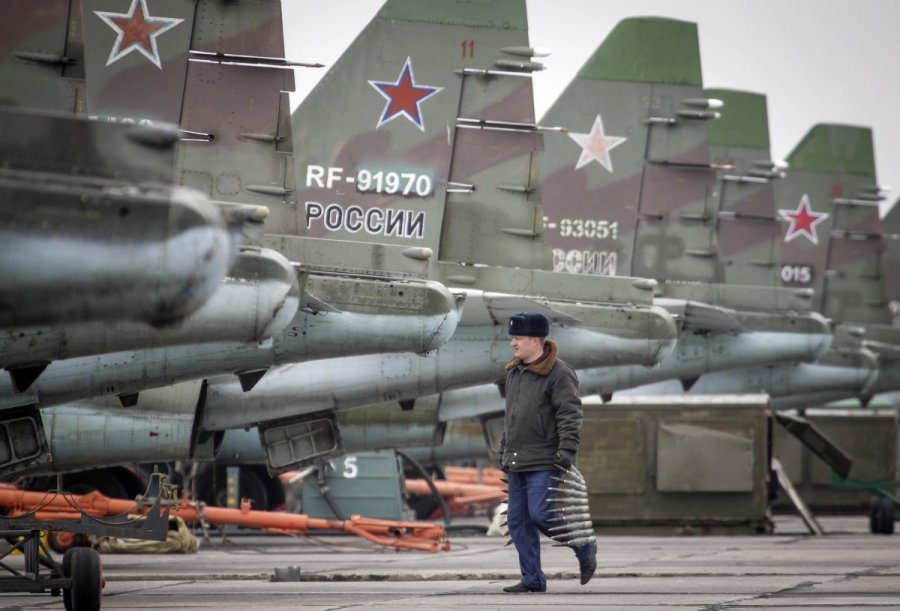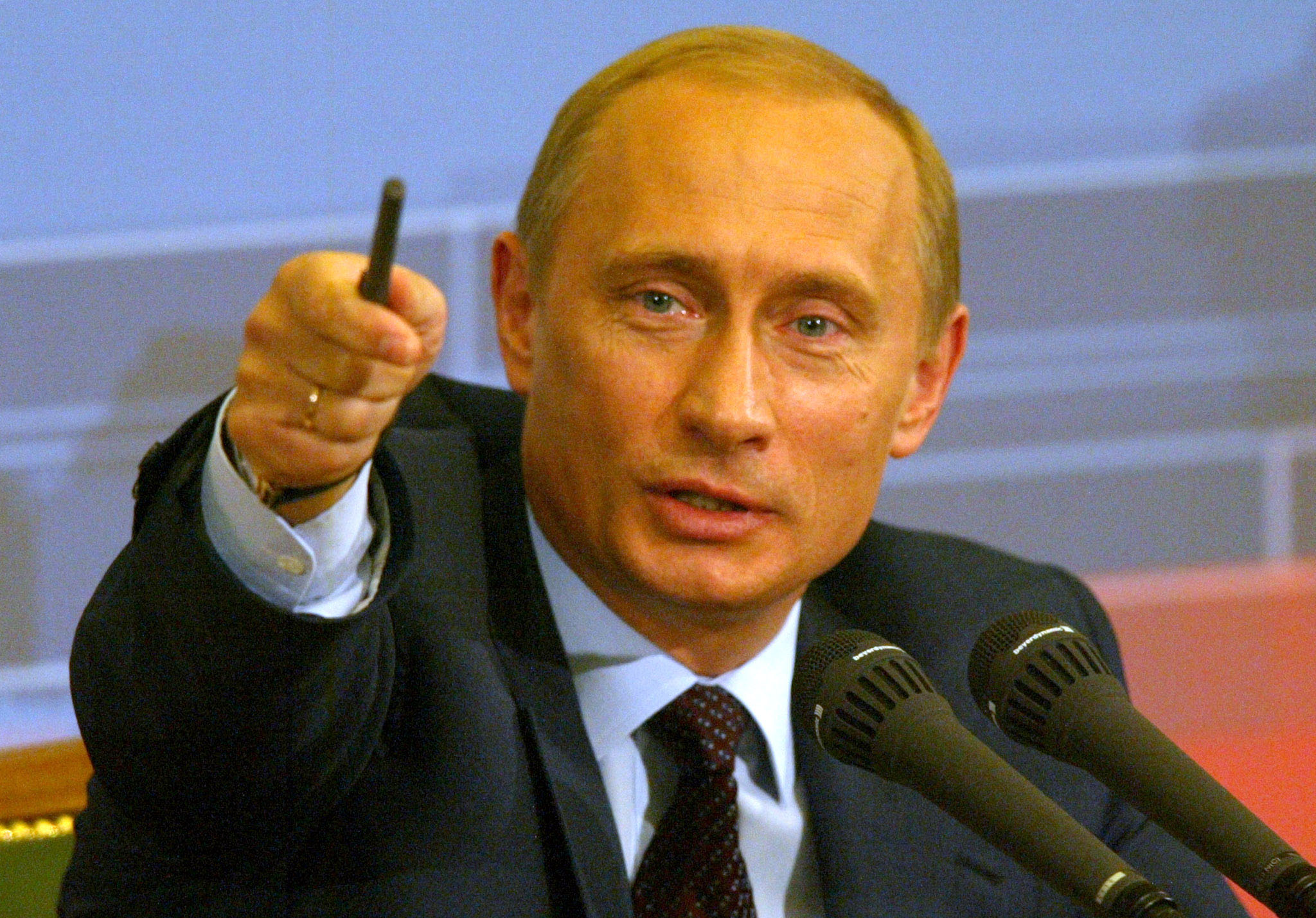By: Kaitlyn Walker
With presidential elections being held next Sunday, March 4th, 2012, Russian Premier and presidential candidate Vladimir Putin is taking every necessary precaution to solidify his chances of victory, and the results have been, quite literally, explosive.
The state-run television station Channel One reported Monday that an attempt to assassinate the Russian Premier had been thwarted nearly two months earlier, on January 4th, in an apartment in Odessa, Ukraine. The news report came in the last week of Putin’s campaign, and this timing has aroused suspicion amongst opposition party leaders that the assassination attempt was merely a ploy to awaken sympathy in an electorate that is increasingly becoming anti-Putin.
The timing of the news report, in conjunction with the flimsy evidence presented by the state-run media, suggest that the plot was in fact a poorly-orchestrated attempt to guarantee Putin’s reign as the imperial president.
Timing
Immediately striking is the timing with which the news report was released. The actual explosion was reported to Russian officials on January 4th, where three suspects were identified: Ilya Pyanzin, Adam Osmayev, and Ruslan Madayev. Upon arrival, the police found Madayev dead, and apprehended Osmayev. Despite the positive identification of two suspects, Channel One failed to make any public announcements regarding the incident.
On February 4th, 2012, the third suspect, Pyanzin, was arrested. Again there was silence on the media front.
It was not until February 27th that Channel One reported the incident, and the choice to release news of the explosion 6 days before the election can only be interpreted as strategic reporting on Putin’s behalf.
Had Channel One been sincerely interested in raising awareness amongst the public about a potential security threat the Putin’s life, the station would have immediately reported the incident. That it waited until a week before the elections to release such “sensitive” material severely implicates the station’s motivations for doing so.
Even if the release of the assassination attempt in such close proximity to the election is not wholly compelling, a second critical event occurred in Moscow that calls Channel One’s release date into question.
On Sunday, February 26th, one day before the news report, over 30,000 Russians united in a 10-mile human chain encircling the center of Moscow. The subject of their dissent was none other than the imperialistic reign of Vladimir Putin. The Russian premier was in desperate need of an ethos boost amidst the crowd of protestors, and the release of a report that his life is in danger would unquestionably have been an asset in combating the polarizing image presented by the protestors the previous day.
Suspects
The three suspects identified by the police add further suspicion to the alleged assassination attempt. All three men identify themselves as ethnic Chechens, a group frequently involved in violent clashes in the conflict-ridden Caucasus. Putin has frequently used the fear of Islamic extremism in the region to bolster his image as protector of the Russian people, and the ethnic identity of the three suspects is pragmatic for Putin’s agenda in the region. It is hardly coincidental that Osmayev, who has been labeled a “terrorist,” belongs to an influential Chechen family known for its opposition to Premier Putin.
Channel One, capitalizing on concerns of Islamic extremism, linked the three men to Doku Umarov, leader of Chechen group that seeks sovereignty and Sharia law for Chechnya. Although Pyanzin admits receiving an assignment to assassinate Putin directly from Umarov, the nature of his confession renders this claim improbable.
Evidence
The crux of Channel One’s argument that the three men intended to assassinate Premier Putin lies in two pieces of evidence – the bomb itself and a video confession from Pyanzin.
The bomb, Channel One reported, was to be planted on a prominent Moscow highway that Putin used daily in his transit to work. The station estimated its strength would have been enough to decimate Putin’s armored limo, and in doing so successfully murder the Premier. There are three inconsistencies with this report, however, which question the credibility of report on the bomb’s strength.
First, if the blast would have been powerful enough to entirely destroy a heavily armored vehicle, it seems that its accidental explosion in a tiny room in the Odessa apartment would have killed all three occupants on site. The fact that only one of the three suspects was mortally injured suggests the bomb was not particularly powerful, and the risk to Putin’s life was largely overstated.
Second, if the bomb were to be placed on the highway it seems difficult to ensure it would detonate at the exact moment Putin’s limo was crossing it, therefore making it an ineffective method to murder the Premier.
Finally, even if the suspects were able to control the exact moment the bomb detonated, it is plausible that Putin’s security team would have apprehended the bomb prior to its explosion. A route that the Premier takes daily is undoubtedly a zealously guarded one, making the likelihood of a bomb going unnoticed slim at best.
The recorded interview with Pyanzin further highlights the inconsistencies in Channel One’s report. Pyanzin is recorded saying, “They told us that first you come to Odessa and learn how to make bombs. And then later, in Moscow, you will stage attacks against commercial objects, with the subsequent assassination attempt against Putin.”
Although I do not spend my weekends plotting terrorist attacks, I would imagine if assassinating Putin was the highest priority of this alleged “terrorist” group, the group would pick assassins who were experienced with bomb-making for the important job of killing the Premier of Russia. The notion that the three suspects simply appeared in the Ukraine and began playing with bomb technology until they created an effective one is laughable.
Perhaps it has become convention in terrorist circles to train their members on site to create bombs. If that was the case in this instance, who taught these three men to make bombs? Pyanzin’s confession statement that they would “learn” this craft implies that there was someone knowledgeable to assist them in their bomb-making endeavor. That their mysterious teacher has not been apprehended, and that there have been no attempts to find him, serves to unravel the story of their plot at its seams.
As for Pyanzin’s statement that the three men would attack commercial cites prior to their final strike against Putin, such a move would only arouse suspicion amongst government officials about further terrorist plots and tighten security. Target-practice is far less feasible with bombs than it is with guns or bows.
Finally, the location of the bomb-forging apartment, in Odessa, is over 700 miles from their alleged target in Moscow. The distance is far, and nearly insurmountable if a homemade bomb is added to the equation. The site is too far to make any kind of target practice on commercial locations feasible, and the distance only increases the risk of an accidental explosion in transit to Moscow.
Conclusion
The opportune timing and the conflicting evidence presented by Channel One highlights the subversive tactics used by Premier Putin and the United Russia party to gain electoral advantages. Regardless of the outcome of the March 4th election, the “assassination attempt” on Vladimir Putin’s life should be viewed with an air of skepticism, written off as a casualty of a corrupt media and political system.

